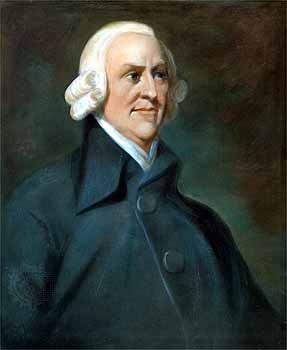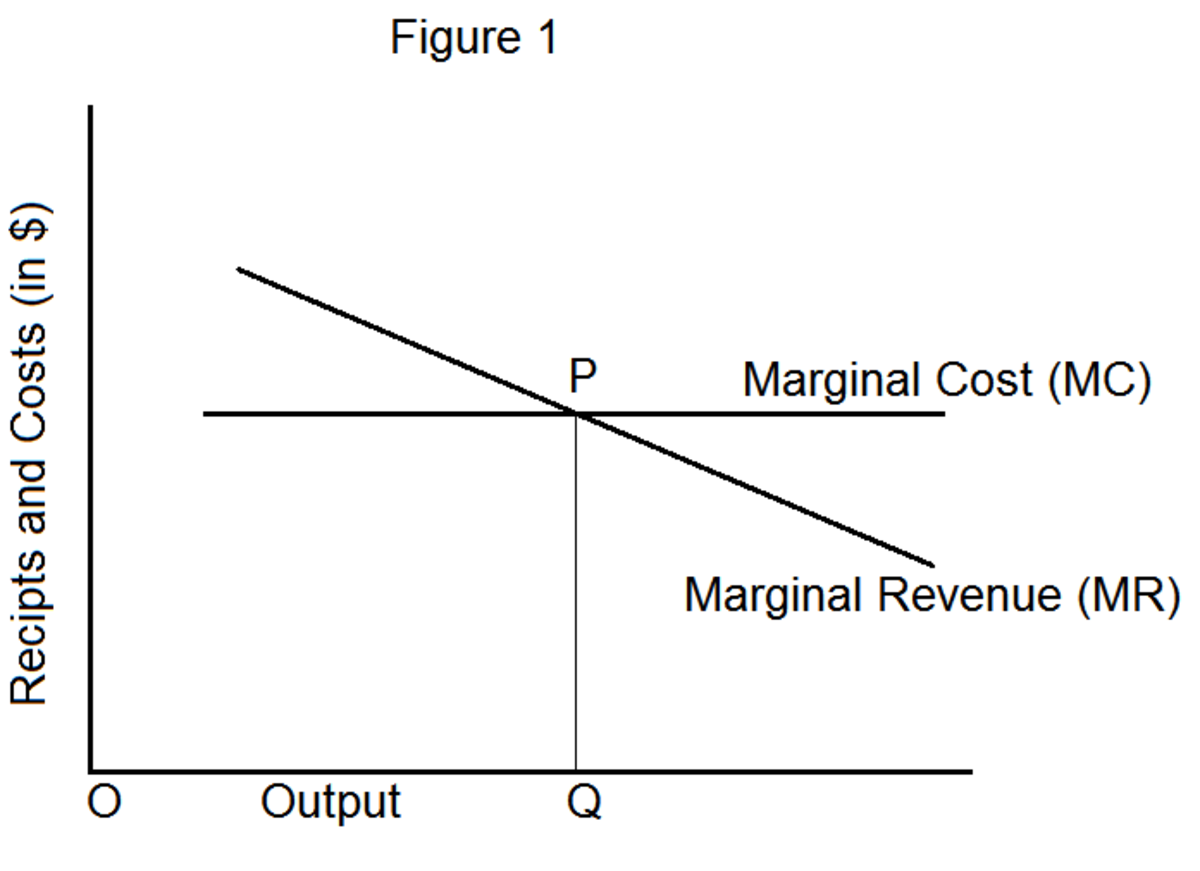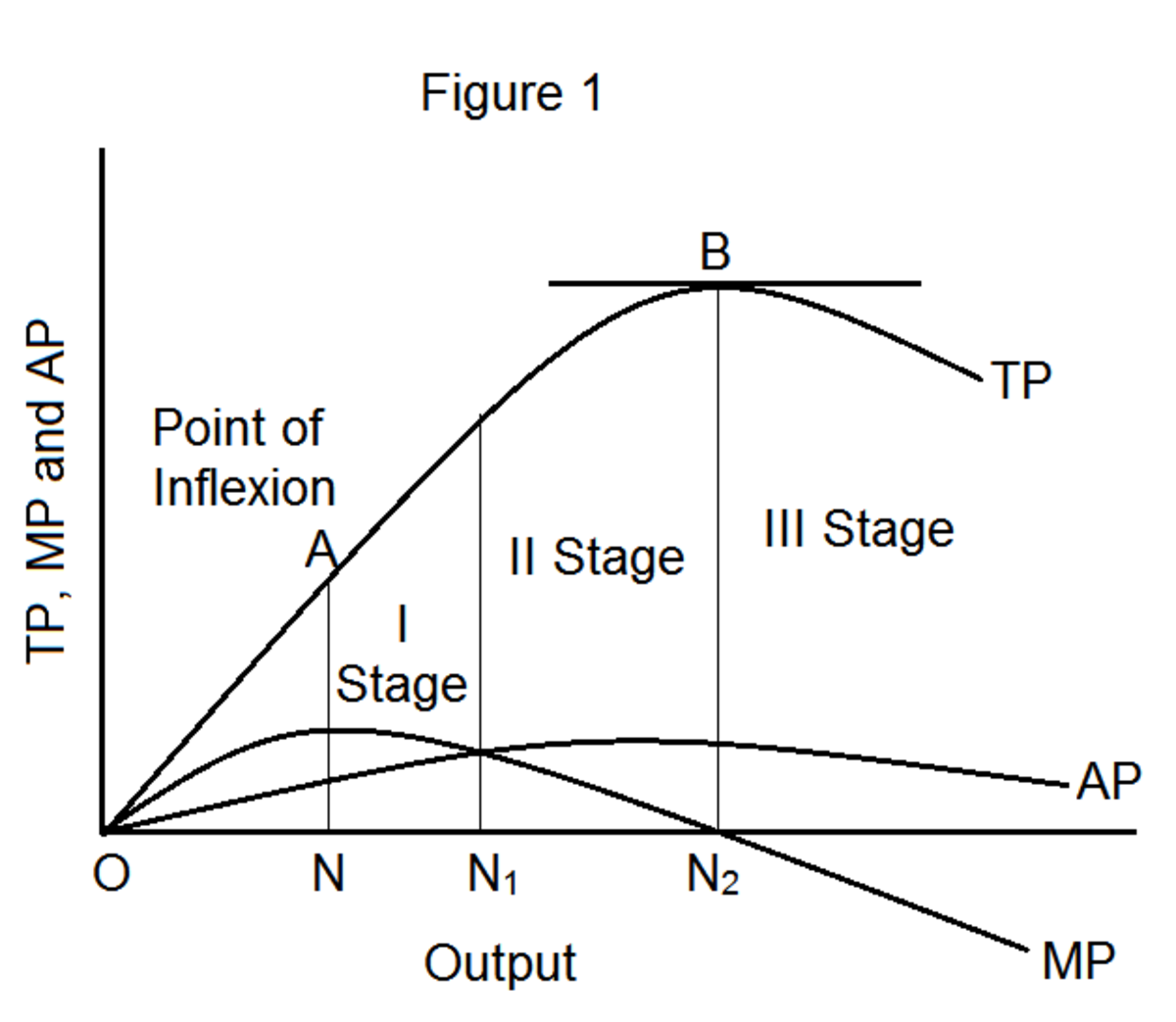Profit and Interest

Adam Smith does not provide any clear and comprehensive theory of profit. He devoted more attention to the profit making process rather than the determination of profit because his primary aim was to relate the flow of profit to the economic function of capital. Adam Smith did not say much about the nature of profit as income. He regarded profit as the return to capitalists. He defined profit as revenue derived from the stock or capital employed or managed by a person.
Adam smith did not clearly distinguish between profit and interest. To him an earning on capital is in the nature of interest if it is lent to someone else; and the earning is a profit if the owner invests it himself. He regarded interest as a part of gross profit. Smith maintained that wages, profit and rent are the three original sources of all revenue and all other revenue is ultimately derived from someone or other of these three sources. To smith, interest of money is, thus, always a derivative revenue, usually paid from profit.
Adam Smith pointed out that the profit is earned by the capitalists for various reasons: for owning working capital, for directing and inspecting the work of labour, for bearing risks, and as a premium to be appropriated for making payment of interest to the lender of money. He says that profit is accumulated by employing productive workers. Smith viewed profit as a residual or surplus.

The rate of profit is inversely related to the capital accumulation. As more and more capital is accumulated and the economy progresses, the rate of profit tends to decline because of the following reasons:
- Growing competition among the capitalists to capture the markets,
- Increasing difficulty of finding new opportunities for profitable investments, and
- Rising wages as a result of increasing demand for labour.
Adam Smith, in short, laid down that profits will tend to fall with the progress of the economy.
Smith asserts that the rate of profit moves in sympathy with the rate of interest. Though the rate of interest and rate of profit move together, they do not bear a definite proportion to each other. Smith further maintains that while in a progressive economy wages rise, profit rate would fall. This is because with the progress of the economy, the "wage fund" goes up and leads to higher wages, but the increased supply of capital depresses the rate of profit. Thus, to him the movement of wages and profits are along opposite directions.

Smith considered that it is difficult to visualize an average rate of profits, as profits are subject to great variations of time, place and kind of business. However, in general, profit rates are less unqual from trade to trade than in the case with wages. Smith has laid down that rates of interest and profits should not decline below a minimum level. he was also not in favour of the abolition of interest by law, for it will increase the evil of usury.
Conclusion
From the above discussion we can see that Smith's theory of distribution is very much confusing. He has not given a satisfactory theory of distribution. his theory of distribution is tainted with physiocratic errors. The originality of Smith's theory of production is conspicuous by its absence in his theory of distribution. According to Gid and Rist, Smith's theory of distribution is the least original of all his works. Smith found a clash of interest between labour and capital in his theory of the distribution. Smith said that the interests of labour and capital are opposing, wages and profits move in the opposite direction. He has presented different theories of wages, none of which is suitable for modern economic analysis. He gives no separate theory for interest and merges interest with gross profit. He does not provide any concrete theory to explain the emergence of profit. He just treated it as a return on capital. He also makes contradictory statements about relationship between rent and price. At a time he says that rent enters into price, and at other times, he says that rent does not enter into price.
We may conclude with Gid and Rist by saying that, "we cannot agree in considering Smith's theory of distribution one of his best claims to fame. His treatment of this problem, which afterwards became the kernel of Ricardian economics, is altogether inferior to his handling of production".







